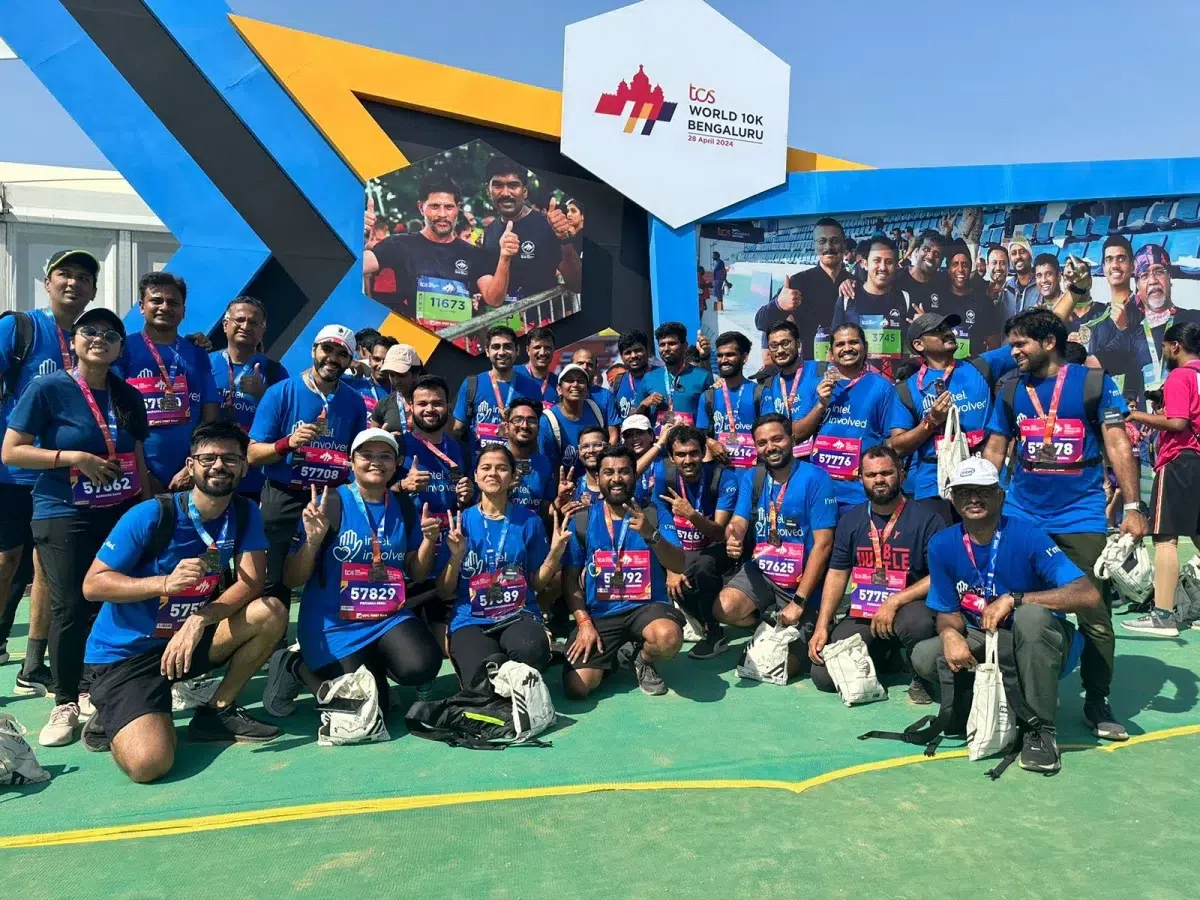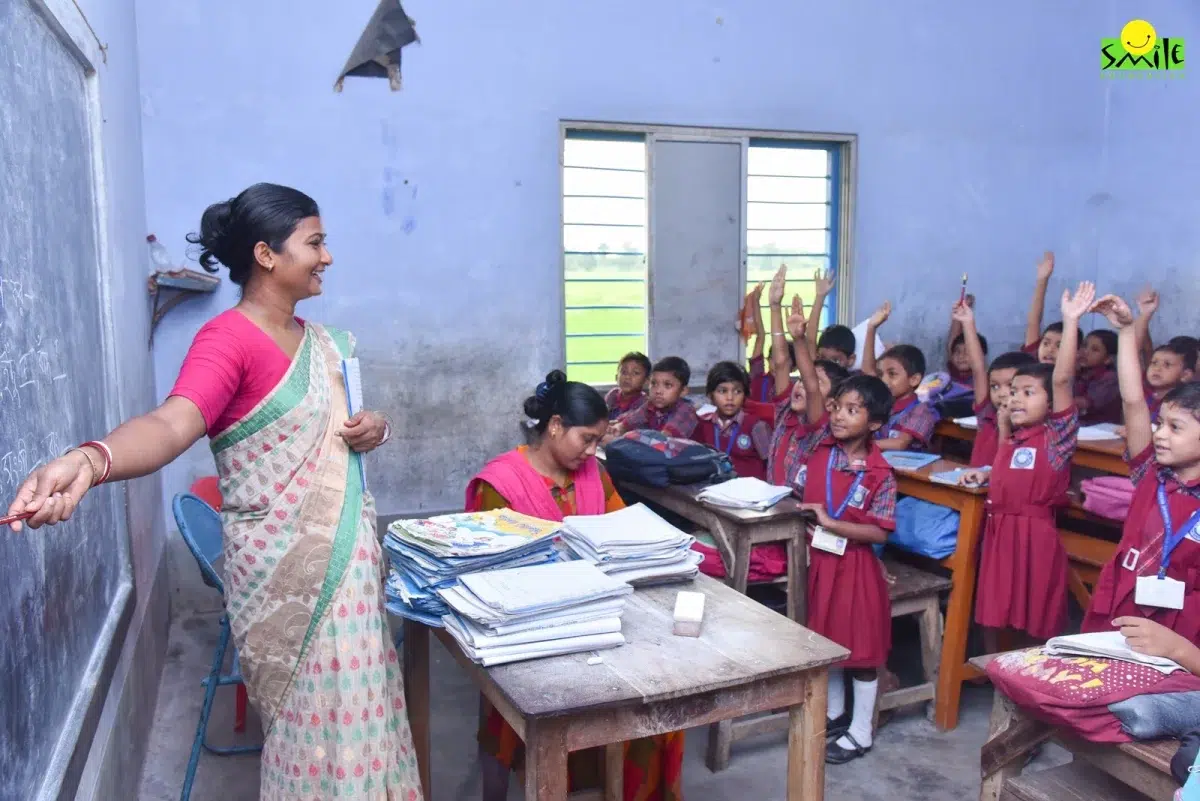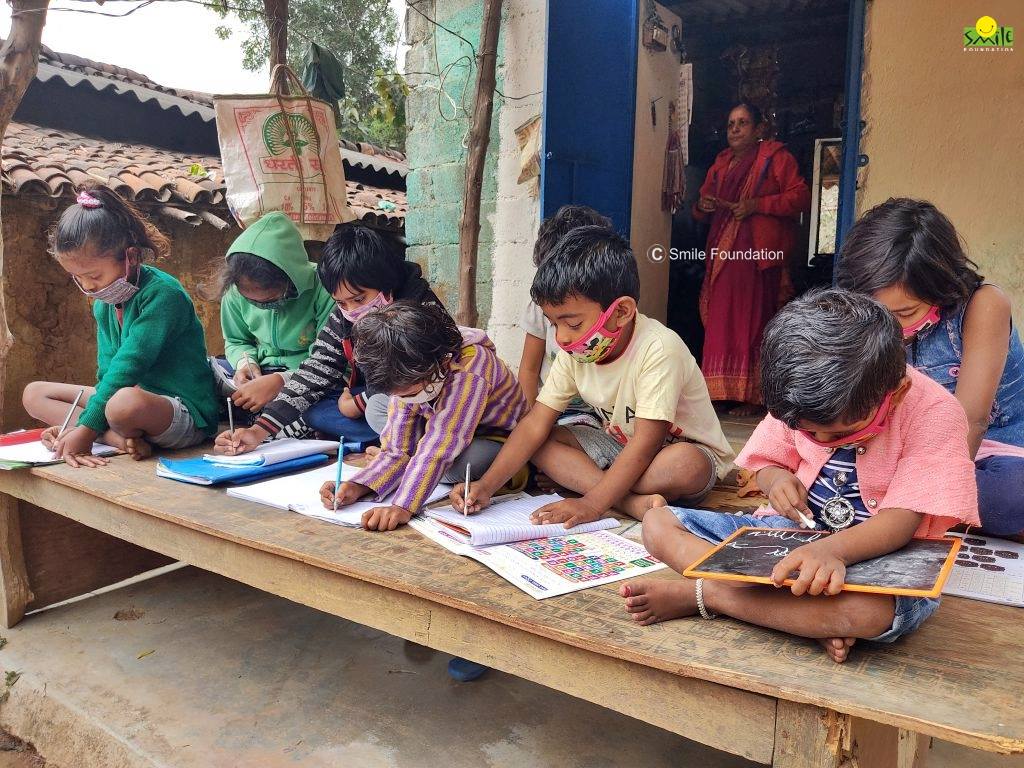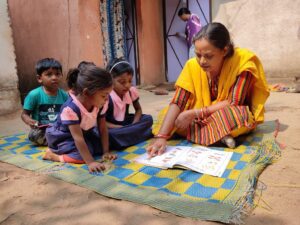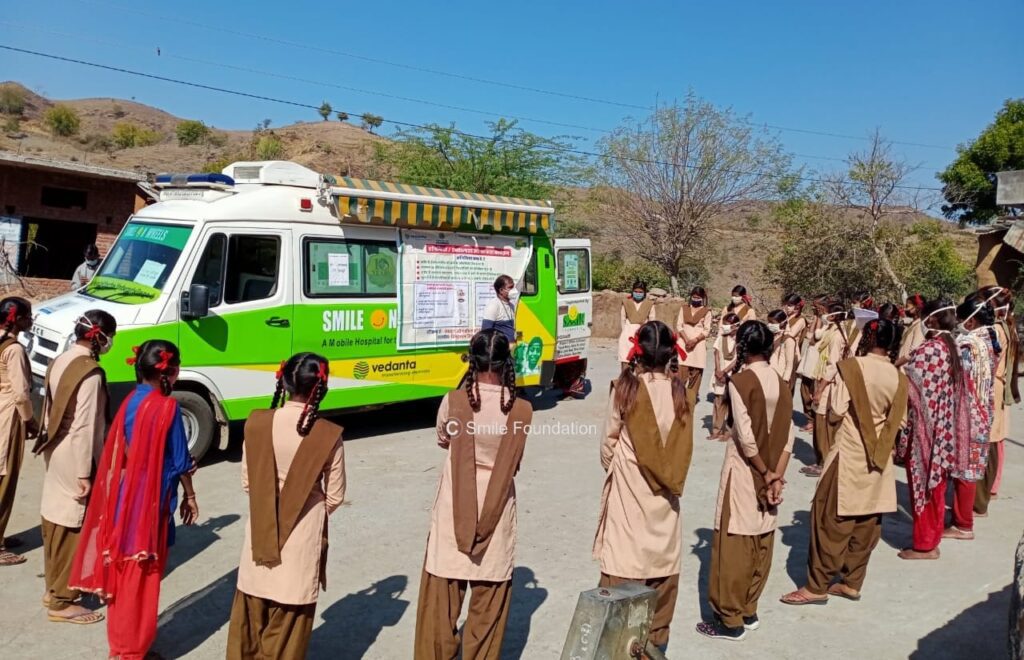Many people might assume that marathons are only for the physically fit, and while fitness is crucial, marathons go beyond athleticism. They celebrate the spirit of trying something new, fostering discipline and resilience for personal growth. From children to senior citizens, everyone can join a marathon to experience the joy of personal achievement. Embracing inclusivity and the vibrant energy of Bengaluru, the TCS World 10K Bengaluru Marathon is set to take place on 27th April 2025. This event honours diversity and reflects the ever-refreshing spirit of the city.
The Youngest Race
The TCS World 10K Bengaluru marathon is the youngest race to receive the prestigious IAAF Gold Label, bringing the electrifying energy of India’s Silicon Valley to life. On race day, runners from across the city and around the world will gather in the early hours, donning their running gear and meaningful costumes. Amid perfect weather and scenic views, participants will run with unmatched enthusiasm and purpose.
Who Can Participate?
The TCS World 10K Bengaluru welcomes everyone—children aged 12 and above, senior citizens, individuals with disabilities, and corporate teams eager to champion social causes through this run.
Participants can choose from the following categories:
- Open 10K
- Majja Run
- Silver’s Run
- Champions with Disability
- Virtual Run
- World 10K
This inclusive approach allows each participant to run at their own pace, in their unique style, and for their chosen cause.
Corporate Partnerships: Running for a Cause
In today’s world, corporate engagement extends far beyond boardrooms. As businesses adopt a more conscious approach, it is essential for them to demonstrate their commitment to social causes and employee well-being. The TCS World 10K Bengaluru Marathon offers a perfect opportunity for corporate teams to come together, celebrate team spirit, and reinforce their dedication to making a difference.
Over the years, corporate participation in marathons has proven to enhance brand reputation and foster a culture of wellness within organisations. Employees benefit from improved mindsets and attitudes, contributing to a positive workplace environment. Events like these also encourage employees to prioritise their health, leading to better work-life balance.
For instance, the Airtel Delhi Half Marathon last year saw 34,000 runners, including teams from companies like Coca-Cola, Airtel, and Optum, highlighting the growing trend of corporate involvement in such events. These numbers underscore a shared commitment to excellence and social responsibility.
Driving Social Change at TCS World 10K Bengaluru Marathon
The TCS World 10K Bangalore has had a profound impact on social causes. As South India’s largest sporting philanthropy platform, it has raised an impressive ₹46.04 crores over 14 editions. This year, we encourage everyone to participate—register, choose a cause or NGO to support, and fundraise or donate. Every contribution counts, making a real difference in people’s lives.
Why Corporates Should Participate?
- Boost Corporate Social Responsibility (CSR)
Corporate Social Responsibility has evolved beyond financial donations. Today’s businesses are at the forefront of driving social change. By participating in the TCS World 10K Bengaluru Marathon, companies can visibly support NGOs, raise funds for meaningful causes, and demonstrate their commitment to giving back to society.
- Showcase Creativity and Uniqueness
The marathon is an excellent platform for brands to showcase their creativity. From logos on t-shirts to banners and event materials, companies can leave a lasting impression on a large audience. Your brand might just set a new trend!
- Enhance Employee Engagement and Morale
Transform race day into a team-building exercise. Participating as a group fosters team spirit and highlights the company’s empathy and responsibility towards both employees and the community. This, in turn, enhances reputation among customers and stakeholders.
- Promote Health and Well-being
Employee health is closely linked to productivity. Corporate participation in marathons demonstrates care for employee well-being by encouraging healthier lifestyles, leading to holistic personal and professional growth.
- Networking Opportunities
The TCS World 10K Bengaluru brings together businesses, non-profits, and communities, providing an open space for meaningful interactions. These connections can lead to lasting partnerships, benefiting both organisations and society.
- Attract Socially Conscious Talent
Marathons provide an opportunity for companies to showcase their social responsibility. Potential employees are drawn to businesses that align with their values, particularly those committed to social causes. Participating in the marathon helps attract and retain socially conscious talent.
Empower Education at TCS World 10K Bengaluru Marathon
The TCS World 10K Bengaluru Marathon is designed to be one of the most exciting and socially impactful events. It presents a valuable opportunity for corporate partnerships to drive meaningful and positive change.
Participating in the TCS World 10K Bengaluru Marathon with Smile Foundation offers a unique opportunity to combine athletic achievement with a significant social impact. Smile Foundation, a social development organisation in India, works across urban poor, rural, and tribal areas of India, addressing critical issues in education, health, and livelihoods.
By partnering with Smile Foundation, corporates can directly contribute to the transformative education of underserved children through its flagship initiative,”Shiksha Na Ruke.” This programme, aligned with the United Nations Sustainable Development Goals (SDGs) and India’s National Education Policy (NEP) 2020, provides holistic learning experiences at Mission Education centres. These centres deliver academic instruction alongside comprehensive developmental support, fostering the overall growth of children.
Corporate participation in the marathon not only showcases social responsibility but also creates a lasting impact. Supporting Smile Foundation’s lifecycle approach ensures continuous educational support from early childhood through adolescence, empowering children to build solid foundations for future success and uplifting entire communities.
Running with Smile Foundation at the TCS World 10K Bengaluru Marathon transforms corporate efforts into meaningful change, demonstrating a commitment to fostering educational equity. If your corporate organisation also wishes to make a positive difference then run with Smile Foundation to support underserved children and turn every stride into a step towards a brighter future.
For more information contact- Prasoon Srivastava – prasoon@smilefoundation.email
Kumari Surbhi – kumari.surbhi@smilefoundation.email



